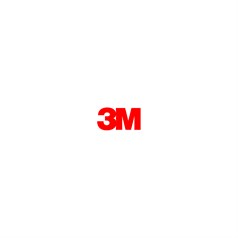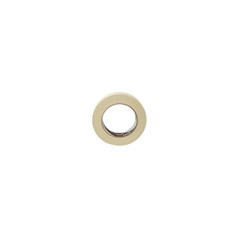Masking Tapes
Masking tape is a type of adhesive tape composed of a thin, easy-to-tear backing material (usually paper) and a layer of pressure-sensitive adhesive. Masking tape can be applied on many different substrates and it's easy to remove. Masking tape is available in a variety of different types. This product is best used for the temporary concealment of surfaces and it's not intended for a finishing process. It is often used to mask off surfaces that should not be painted or coated. Other applications include masking of insulated wires and labeling.
Conro offers a wide choice of masking tape from major manufacturers such as 3M and Humiseal.
Conro is an authorized distributor for 3M and Humiseal.
Advantages and disadvantages of masking tape
Masking tape is easy to tear by hand, so it can be quickly applied to surfaces without the need for scissors or other cutting tools. Masking tape also adheres well to most surfaces and can be removed without leaving behind a sticky residue.
Masking tape also has a few disadvantages. It is not as strong as some other types of adhesive tapes, so it may not hold up well under heavy use. Also, its adhesive tends to be altered by water-based paints: this may cause masking tape to leave residue on the surfaces after removal.
Types of masking tape
Masking tape is available in a variety of widths, thicknesses, colours and adhesive strengths. It can be purchased in rolls, dots or precut strips. Masking tape is mainly categorised according to the type of adhesive:
- Rubber-based adhesive. General purpose masking tape, inexpensive and with good adhesive properties. However, it is not suitable for high temperature environments.
- Acrylic-based adhesive. A versatile masking tape that is able to resist temperature swings. It withstands both high and below zero temperatures.
- Silicone-based adhesive. A heat resistant masking tape. Some varieties can withstand temperatures up to 260°C.





-BOX.jpg)



